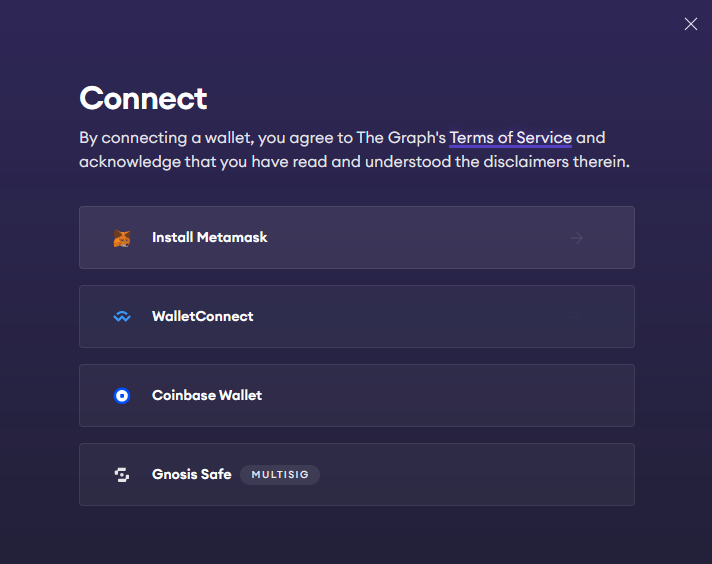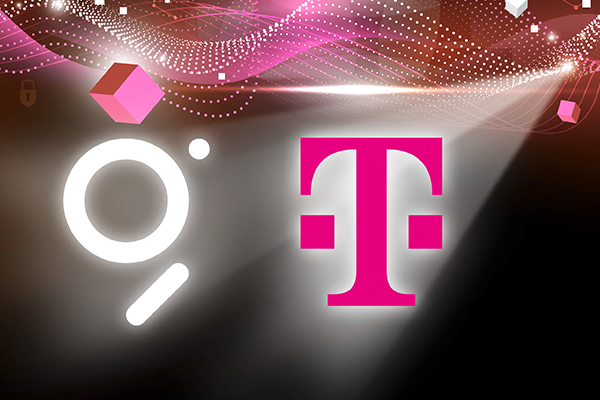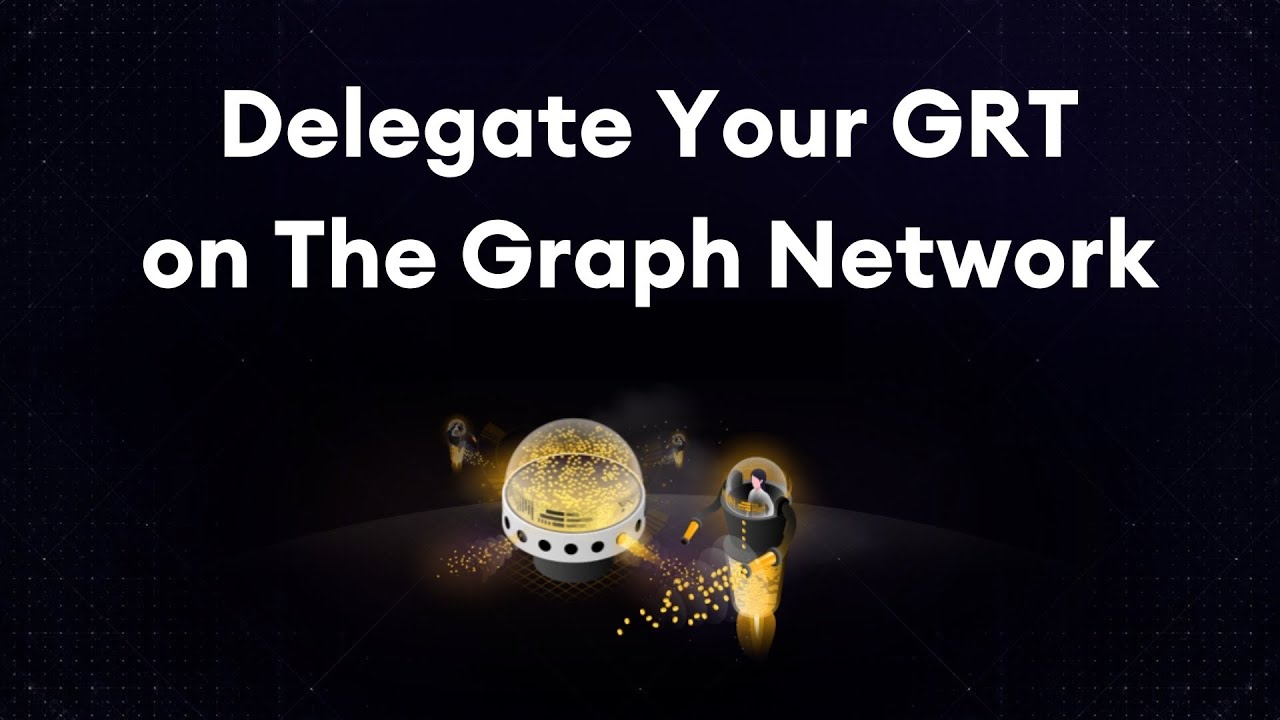The Graph is a decentralized indexing protocol for organizing blockchain data and making it easily accessible with GraphQL. It allows developers to build decentralized applications (DApps) that can efficiently query data from blockchains such as Ethereum, Polygon, and Arbitrum. The Graph protocol was founded in 2018 by Yaniv Tal, Jannis Pohlmann, and Brandon Ramirez.
| Token | GRT |
| Founded | 2018 |
| Ecosystem | Uniswap, Aave, Maker, Lido etc. |
Problem
Blockchain data is notoriously difficult to query, as it is decentralized, distributed, and constantly updated. One example where The Graph comes into play are “advanced real-world queries and operations like aggregation, search, relationships, and non-trivial filtering.” While e.g. Bored Ape Yacht Club smart contracts support basic read operations like retrieving owner information and asset URIs, they cannot handle complex queries such as searching for specific apes based on ownership or traits. This is where The Graph comes into play, providing a decentralized data indexing protocol that enables users to perform advanced queries on blockchain data like NFTs.
Solution
GraphQL is a query language that allows developers to easily specify the data they need and get it back in a consistent format. The Graph’s indexing protocol works by indexing blockchain data into a subgraph. A subgraph is a graph database that represents a specific set of data on a blockchain, such as all of the transactions on a decentralized exchange or all of the NFTs in a collection. Once a subgraph has been indexed, developers can use it to query blockchain data using GraphQL.
Here are some of the benefits of using The Graph:
- Decentralized: The Graph is a decentralized protocol, which means that it is not controlled by any single entity. This makes it more reliable and secure.
- Efficient: The Graph’s indexing protocol is very efficient, which means that developers can build DApps that can quickly query large amounts of blockchain data.
- Flexible: The Graph is very flexible, and it can be used to index and query data from a variety of blockchains.
- Easy to use: The Graph’s GraphQL interface makes it easy for developers to query blockchain data, even if they don’t have any experience with blockchain programming.
Step by Step Staking Guide for $GRT on Arbitrum One
Staking The Graph (GRT) tokens allows to participate in the network’s governance, earn rewards, and secure the network by helping index and query data for decentralized applications. Here’s a step-by-step guide to get started with staking GRT:
To stake GRT, the tokens must be on Arbitrum. Read here how to bridge tokens to the Arbitrum network.
1. Obtain GRT Tokens:
Before staking GRT, it is necessary to purchase GRT tokens. This can be done on various cryptocurrency exchanges. It is recommended to store the tokens in a secure wallet that supports GRT, such as a hardware wallet or a reputable software wallet.
2. Choose a Staking Provider:
GRT can be staked through The Graph staking interface. Research and choose a provider that aligns with your preferences, taking into consideration factors like fees, reputation, user interface, and security.
Our Indexer ID (Arbitrum One):
deutsche-telekom-indexer.eth
0x4f45530236e1c6603870301010dcab7b561125b3
3. Set Up a Wallet:
Use a wallet that you have complete control over a wallet like MetaMask or MyEtherWallet or a hardware wallet of your choice.
4. Delegate Your GRT:
Delegate your GRT tokens to a specific indexer of your choice. E.g. The Deutsche Telekom Indexer. Indexers are responsible for processing and indexing data on The Graph network. By delegating to a reputable indexer, you contribute to the network’s efficiency and earn rewards.
5. Delegate Using the Staking Interface:
- Connect your wallet to the staking interface.

- Locate the delegation section.

- Choose an indexer from the list (research their performance and reputation).
If you choose the Deutsche Telekom Indexer, make sure that you switched the network to Arbitrum One. - Enter the amount of GRT you want to delegate and confirm the transaction in the wallet.
6. Monitor Your Rewards:
As you delegate GRT and participate in the network, you’ll earn rewards in the form of additional GRT tokens. The rewards will vary based on network activity and the indexer’s performance. Monitor your rewards through the staking interface or your wallet.
7. Participate in Governance:
Staking GRT tokens also enables participate in the network’s governance decisions. Keep an eye out for proposals and voting opportunities. Your staked GRT may grant voting power in these decisions.
8. Stay Informed:
Stay updated on network upgrades, changes in staking parameters, and any news related to The Graph. This helps to make informed decisions about your staking activities.
9. Consider Risks:
Staking involves risks, including the potential loss of staked tokens due to network issues or vulnerabilities. While staking can be rewarding, only stake what you can afford to lose.
Here are some additional things to keep in mind when staking GRT tokens:
- You will need to pay a gas fee to delegate your GRT tokens. The gas fee will vary depending on the network congestion.
- You can unstake GRT tokens at any time, but you will need to wait a 7-day unbonding period before you can withdraw them from your MetaMask wallet.
>Deutsche Telekom organizes blockchain data with The Graph

Jonathan Beyer, Working Student at Web3 Infrastructe & Solutions | Telekom MMS
Jonathan Beyer is a working student at the Web3 Infrastructure & Solutions of Telekom MMS and supports the Telekom Staking team with research and analysis around the topic of Staking.

Maximilian Beyer, Product Owner | Telekom MMS
Maximilian Beyer is a product owner at the Web3 Infrastructure & Solutions of Telekom MMS. There, he and his team are responsible for building staking infrastructure for public blockchain networks. Before this, Maximilian gained many years of consulting experience in strategy and digitization projects, which he also uses today in projects in the area of blockchain and web3.
More insights into blockchain

Ob Digitalisierungsexpert*in, Werkstudent*in oder Schülerpraktikant*in – Hier berichten unsere Gastautoren aus ihrem Alltag.










